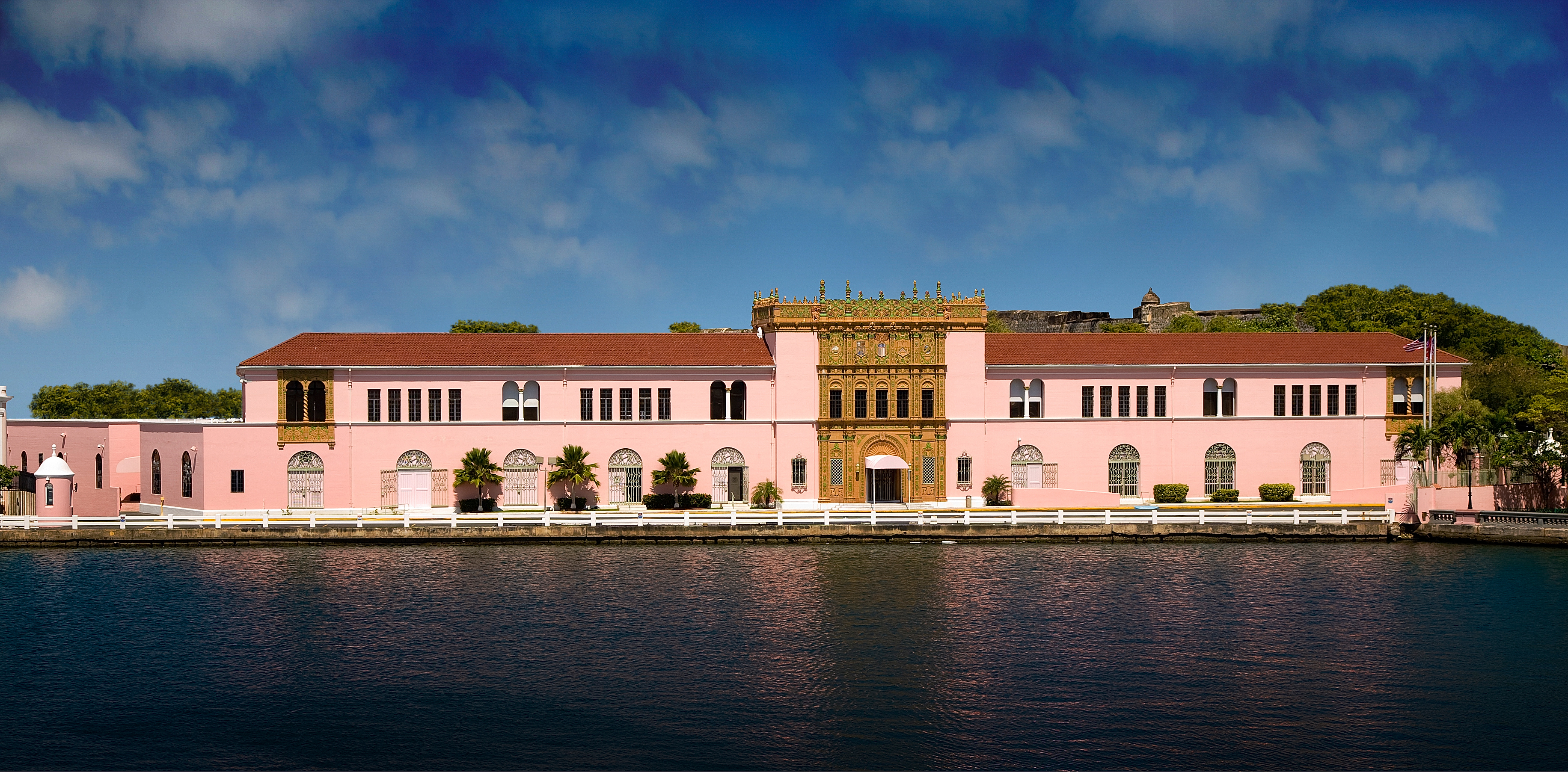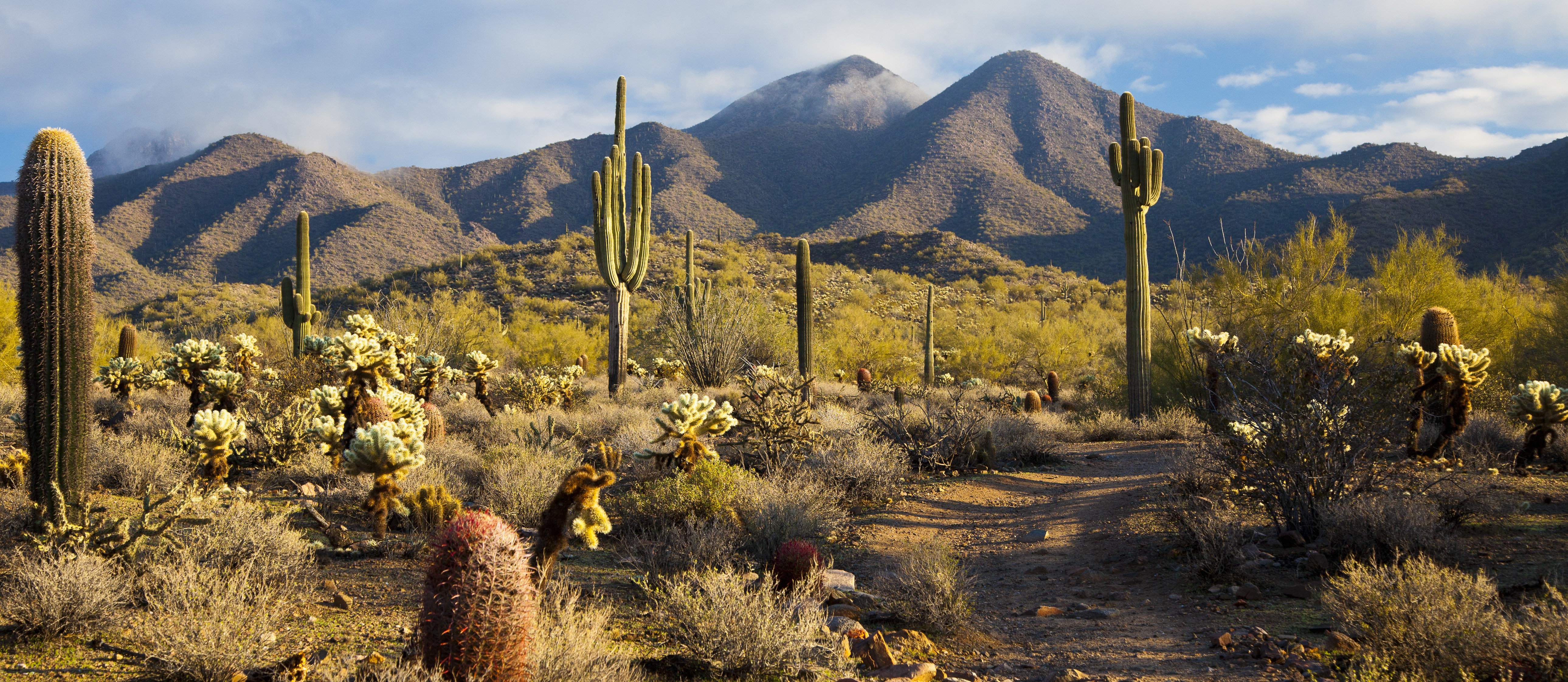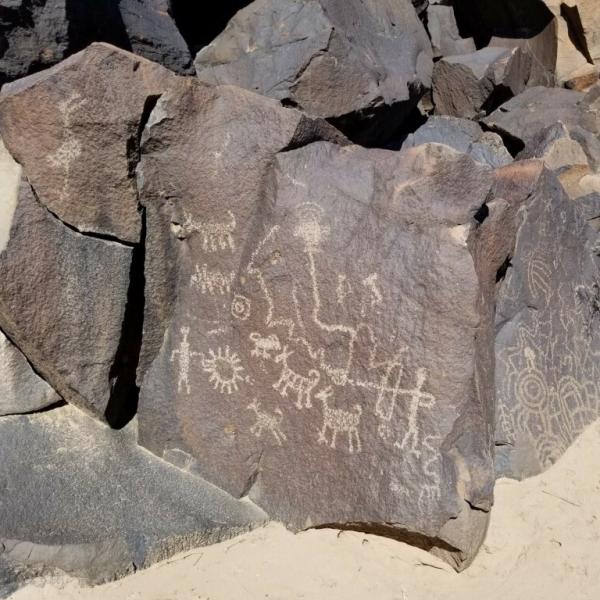
Historic Preservation
The San Juan Custom House renovation allows CBP to relocate back to the historic site, which they left in 2014 due to deteriorating conditions. CBP photo by Anthony Hall
Preserving a cultural legacy
The history of Puerto Rico is a tangible heartbeat. It pulses to the rhythm of merengue music dancing through open windows and splashes waves of Spanish tile on terracotta roofs. Centuries of history glare directly from every street corner in Old San Juan, as vibrantly colored buildings serve as a physical and visual connection to the island’s past. It’s no surprise that some of U.S. Customs and Border Protection’s most historic and culturally significant facilities reside here, including four powder pink custom houses dating back to the mid-nineteenth and early-twentieth centuries.
A cascade of decorative arches and ornamental tiles adorns the eastern façade of the San Juan Custom House, and walking through the immense mahogany doors, up a spiraling staircase to the second floor, is like entering a time warp. Pedro Ramos is a project manager in San Juan and a Puerto Rican native. He stands in the elaborately tiled hallway of the custom house. His connection to the space is palpable. “This is our culture,” he said. “This is us.”
Port Director Josue Echevarria feels similarly about the 177-year-old custom house he works from in Ponce, a town on Puerto Rico’s southern coast.
“For us native Puerto Ricans, it shows that no matter the time that passes on, culturally we are still anchored to two different worlds. You see it. This building reflects that,” Echevarria said, referring to the island’s past as a Spanish colony and present as a United States territory. The Ponce facility, built by the Spanish Government in 1842, is the oldest of the Puerto Rican custom houses.
"It's a physical example of everything in life. You build a good foundation, it will withstand whatever happens. Our agency keeps changing, making that foundation stronger. So in the future, we'll withstand whatever comes. Holding [onto] these old buildings is symbolic of that,” said Echevarria.
CBP’s Office of Facilities and Asset Management oversees maintenance, repair, leasing, and construction of all CBP facilities as well as the agency’s Historic Preservation Program, which provides the guidance and framework necessary to respect historically significant spaces, like the Puerto Rican custom houses, while complying with the National Historic Preservation Act. The agency’s historic portfolio includes nearly 3,200 historic buildings, structures, and sites, as well as prehistoric archaeological artifacts, World War II and Civil War battlefield sites, and Spanish colonial architecture. This astonishing number reflects roughly 30 percent of the portfolio currently evaluated and will undoubtedly rise as CBP evaluates the remaining 70 percent. Preserving such culturally sacred spaces shows that “We are good neighbors and good stewards for the future,” said Amy Barnes, one of the Office of Facilities and Asset Management’s preservation experts.
The custom houses, scattered across the perimeter of the island in the towns of San Juan, Ponce, Fajardo and Mayaguez, demonstrate the tremendous planning involved in preserving CBP’s historic resources. Agency personnel, historians, architects, local governments, and other external stakeholders hover over the same project blueprints to discuss every design detail of the renovation underway in Fajardo to ensure its historic look and feel remains. The team hopes to achieve the same success renovating the San Juan and Fajardo Custom Houses as they achieved in Ponce in 2016, where the updated space reflects a perfect marriage between old and new.
Historian Melissa Wiedenfeld, a CBP contractor, explains the planning and renovation process, “We're going to do things in a manner that doesn't affect the historic qualities of the buildings,” she said, before highlighting the success of the Ponce renovation efforts, when the team cut energy use in half while maintaining the facility’s historic integrity, including a library full of U.S. Customs Service records from the early-twentieth century. The team earned the Department of Homeland Security’s Historic Preservation and Sustainability Awards for their work.
“I like knowing that some of the things that we're doing are for the ages. We're saving this bit of the past for the long haul,” she said. “That renovation helped preserve this 177-year-old building.”
The San Juan Custom House renovation project will allow CBP operators to relocate back to the site, which they left in 2014 due to deteriorating conditions caused by the facility’s age, continuous exposure to the salty sea air, and damage from 2017 Hurricanes, Irma and Maria. The relocation will save operators multiple daily commutes between their offices and the sea port. Renovating this historic facility means increasing operational efficiency while restoring the custom house to its former glory as Puerto Rico’s central hub for trade and commerce.
“We're going to be using this building the same way it was originally intended, hopefully for another hundred years” said Wiedenfeld.

Photo by Tom Roche | Shutterstock.com
Preserving historic artifacts along the southwest border
CBP’s Historic Preservation Program extends beyond the preservation of buildings. With sites and structures in over 50 historic districts throughout the country, Puerto Rico is one of many locations to house historically and culturally significant resources.
Over 3,000 miles from San Juan, in the dusty desert landscape of Arizona, it’s not uncommon for Border Patrol agents to stumble upon pre-Columbian artifacts on the Camino del Diablo Trail. Yuma Sector’s Tribal Liaison Lee Pooley explained, “Along that trail, you will find prehistoric artifacts, knives, tools. People coming across artifacts is pretty common. Fortunately, our agents care enough to let us know.”
Local archaeologist Jill McCormick explained the types of artifacts commonly found in Arizona. “The ceramics around here date from around 700 A.D. up to the 1900s. You have lithics (stone tools) over 1,000 years old.”
Yuma Sector Border Patrol, which operates along 126 miles of border in Arizona and California, conducts historic and cultural training for new agents, helping them to identify significant sites and artifacts. “As a part of the Historic Preservation Program, headquarters staff partner with public lands liaison agents and tribal liaison agents to conduct regular trainings for new agents. Trainings include the opportunity to speak with experienced archaeologists and local and tribal governments who help put some of the historical significance into context,” he explained.
Throughout the CBP portfolio, the agency recognizes the communal value of its historic resources. “The tribes hold their land very sacred. We’ve been able to understand the importance of what the land means to them. They're not just notified on what's going to happen. They are included so they can provide input,” said Pooley.
Gordon Osborne represents the Quechan Tribe while collaborating with CBP to preserve culturally sensitive spaces. “During the past 15 years, CBP has helped tremendously in posting signs in sensitive areas along the border to help preserve the sites,” McCormick said.
McCormick also applauds CBP for its preservation efforts, “The history that we get from books is written by somebody else and their perspective. Being able to see these things in their natural environment is the history book of the people.”
In working to preserve historic resources across the country, CBP honors the diverse communities, history and culture represented by its portfolio.
"It's not just about our own agency history,” Barnes said. “It's American history and world history. It's about the larger picture."

Photo by H. Jill McCormick, archeologist and associate professor
of Anthropology, Arizona Western College

Arizona. Photo by H. Jill McCormick, archeologist and associate
professor of Anthropology, Arizona Western College

